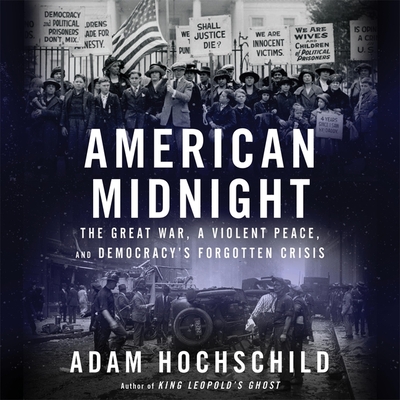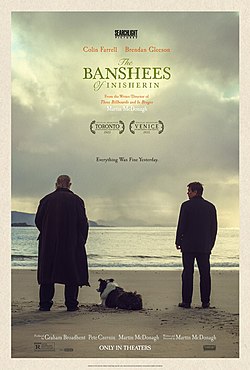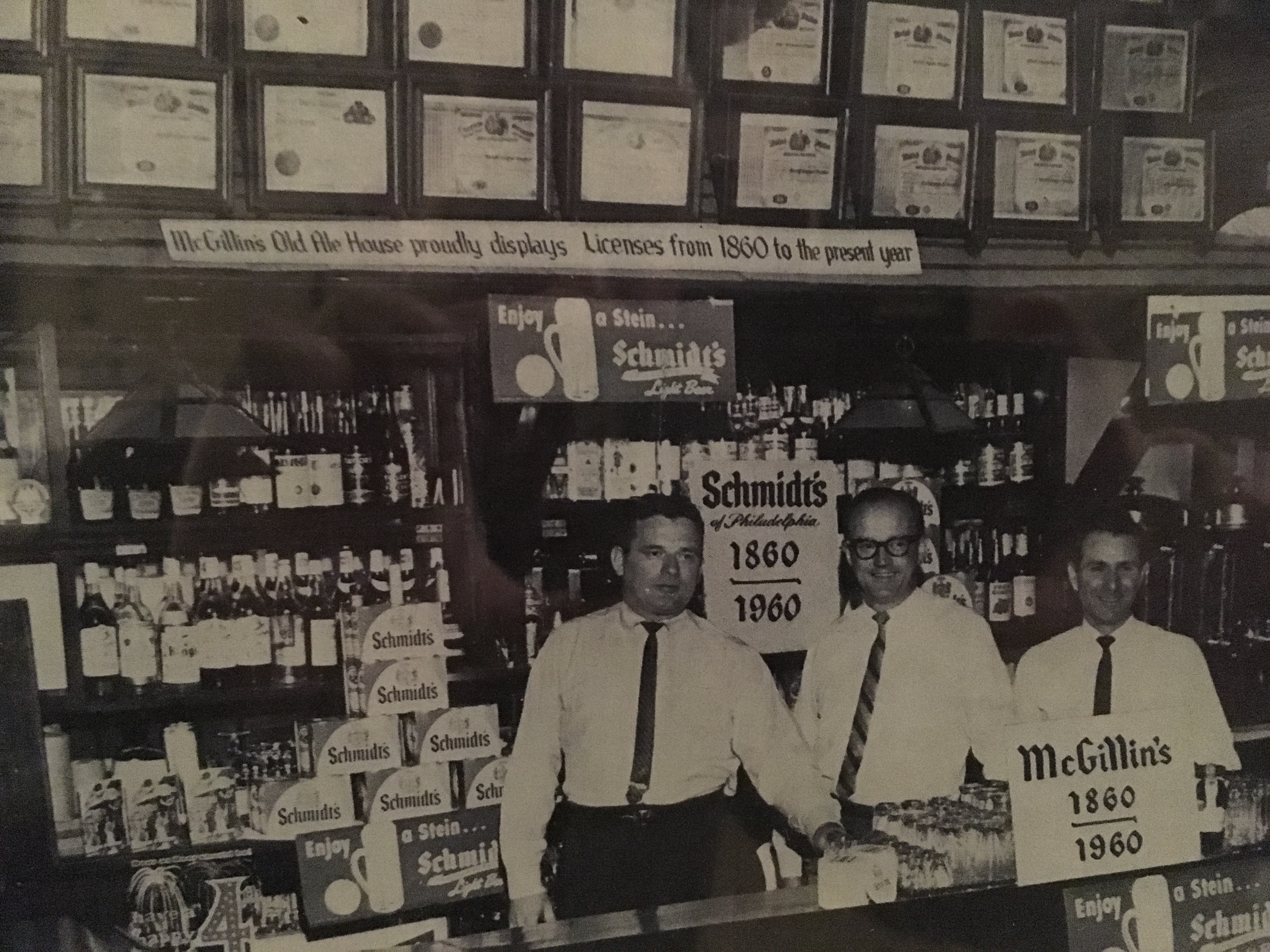Title: Beau Travail
Rating: 2 Stars
Beau Travail is number seven on the Sight and Sound best 250 films list. Yeah, I’ve never heard of it either. A French film, set in Djibouti, it was made in 1999.
Beau Travail (which means Good Work) is loosely based upon Herman Melville’s novella Billy Budd. I haven’t read Billy Budd in probably over thirty years, so a quick recap is in order. Billy Budd is in the Royal Navy. He has a natural charismatic innocence that makes him popular with the crew. The ship’s master-at-arms, John Claggart, develops an unnatural hatred of Budd. Claggart cooks up a false mutiny conspiracy centered around Budd. When called upon to defend himself, Budd is rendered speechless, and in his frustration lashes out and accidentally kills Claggart. Even though the ship captain sympathizes with Budd and thinks that he was justified, the captain feels that he has no choice but to court martial and condemn Budd to be hanged.
The Beau Travail’s characters are all in the French Foreign Legion. Standing in for Claggart is Galoup. A career officer, he is generally considered one of the best examples of a French Foreign Legion soldier. When recruit Sentain joins his section, Galoup immediately develops a dislike of him. This is despite the fact that Sentain does nothing to wrong him and is actually quite popular with the rest of the soldiers.
Galoup uses Sentain’s good will against him. Galoup harshly punishes a soldier for a comparatively minor violation. As the punished soldier struggles in pain and thirst, Sentain offers him his canteen. Galoup condemns Sentain and knocks the canteen out of his hands. In response, Sentain angrily strikes Galoup.
As punishment, Galoup strands Sentain far from base and forces him to make his way back on his own. Not only that, but he renders Sentain’s compass useless. Lost, Sentain nearly dies but is rescued by some nomads. He never makes his way back to the camp and is presumed dead by the soldiers.
Later, one of the soldiers comes across Sentain’s compass. Noticing that it is broken, he suspects Galoup of sending Sentain out to die. The captain, who Galoup worships, feels that he has no choice but to court martial Galoup and send him back home to France.
Back in France, Galoup thinks back upon all of this. Lying in bed, he brandishes a gun. In the last scene, we see him dancing alone in a disco.
My first impression is that this film proceeds at a pace that makes languid seem caffeinated. It’s a ninety minute film that felt at least two hours long. There is relatively little dialog. Perhaps the cinematography would be more impressive on a film theatre screen, but I just wasn’t all that amazed.
Some of the training exercises seem to be more modern dance choreography than military training. It all seems stylized to showcase the bodies of men. One military exercise features the men, paired off, rushing in, hugging each other, and then pushing the other away (some kind of statement on toxic masculinity?). Another exercise was underwater knife fighting. This scene wouldn’t have been out of place in an Esther Williams film.
What is Galoup’s motive for hating Sentain? In his voice over, Galoup claims nothing specific. He just hated him upon first sight. Sentain is a tall, handsome, young man whose warmth naturally draws men to him. This is in contrast to Galoup, who is shorter, older, and pockmarked. Is it simple envy? Did seeing someone with such natural gifts that he lacked motivate Galoup’s hatred? Or could it be that Galoup, despite having a girlfriend, is actually a closeted gay man? Has seeing a man with such natural beauty triggered an attraction in Galoup that he felt must extinguish at any cost?
In reading some reviews, critics mention seeing a gay subtext. The film certainly emphasizes and focuses on the beauty of young men’s bodies. It’s not unknown for films to make connections between the very male dominated military and the gay gaze (look no further than exhibits number one and two, Top Gun and Top Gun: Maverick).
The dance at the end is a combination of amazing and perplexing. It’s the most unexpected dance performance since Napoleon Dynamite. Galoup, previously a stolid and seemingly unimaginative soldier, absolutely gets down on the dance floor. What does it mean? Has he committed suicide and this is his afterlife? Now free of the military and having purged himself by confession, is he now experiencing freedom for the first time? Previously closeted, is he now prepared to live a joyful, openly gay life?
Perhaps my rating of two stars is unfair. It could very well be that I’m not the target audience for this film. Regardless, even at 90 minutes, it was a slog to get through. Nearly nothing happens for the first hour. I’m not saying that it’s a bad film. This just seems to be the kind of foreign language art house film that gives art house films a bad name.
Given that, it’s hard for me to understand how it managed to rank so highly in the Sight and Sound film list.








